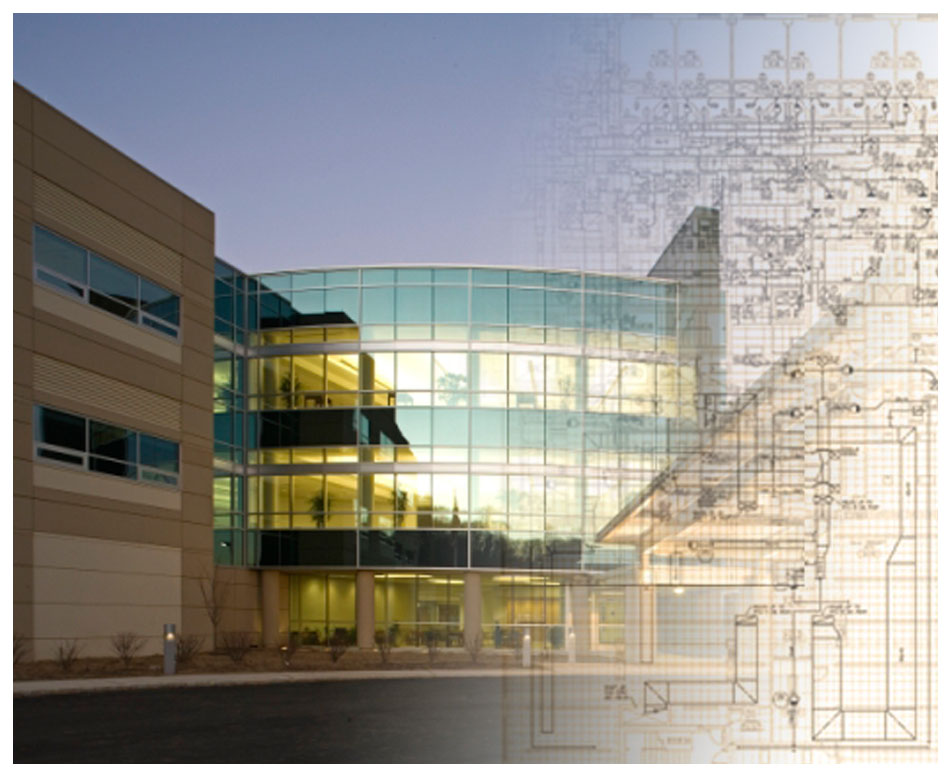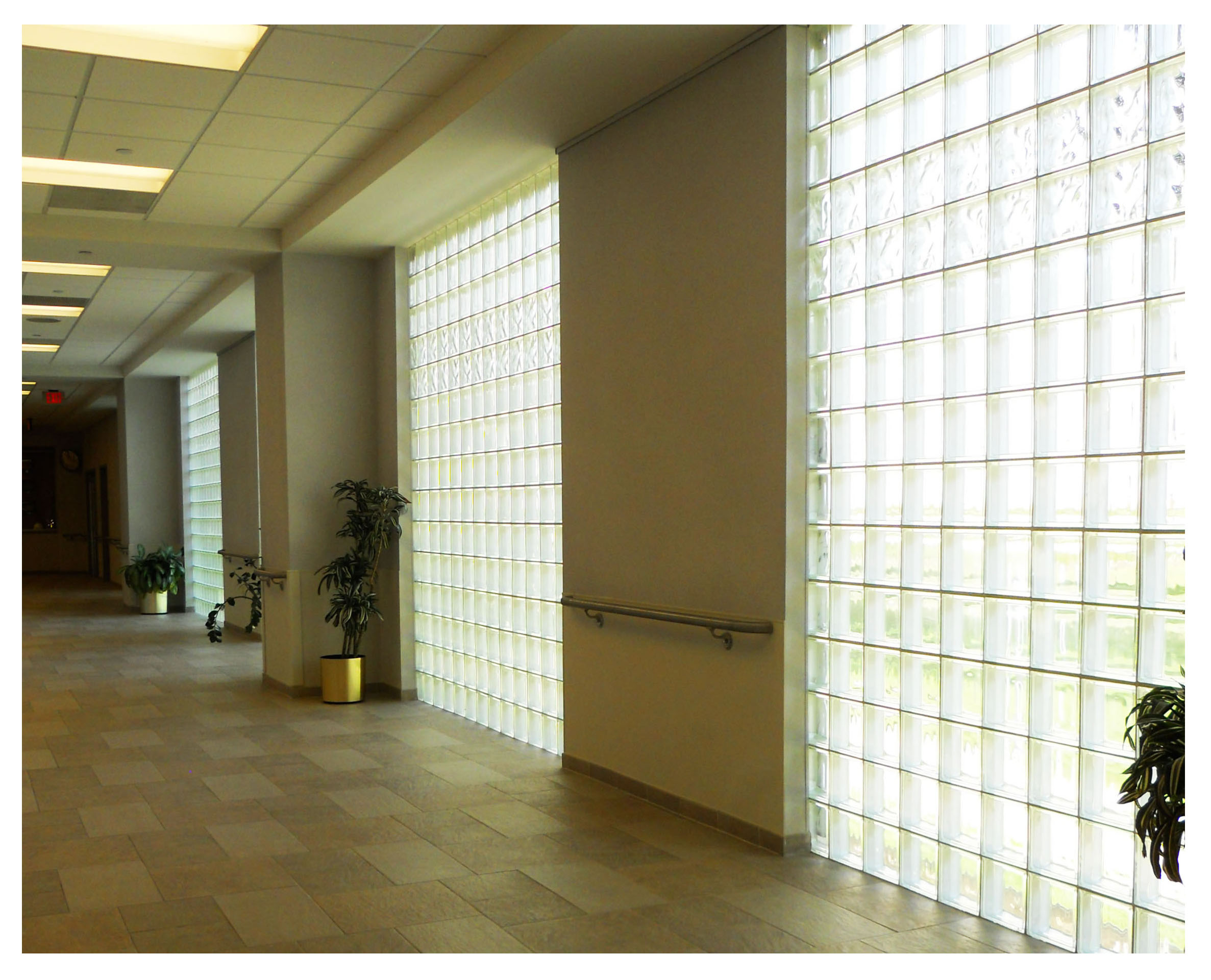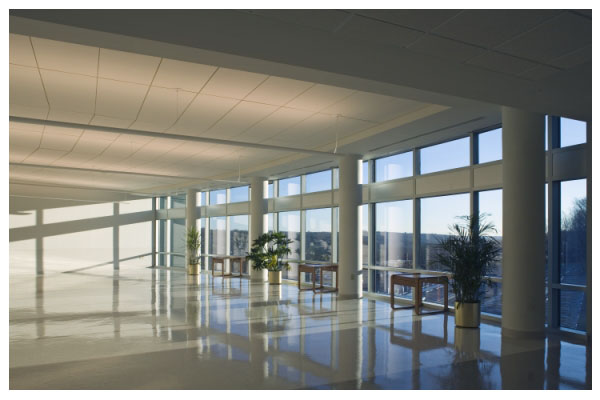Summary
The State Institute of Rehabilitation is a facility which serves in-patient and and out-patient populations affected by moderate to severe spinal injury, brain injury, stroke, amputation, neuro-physical disease, and other related musculoskeletal afflictions. It is a multi-building facility comprised of an existing building, completed in 1974, and an addition, completed in 2005. The three story addition was built on its own gas-fired heating and DX cooling systems- leaving the existing heating and cooling plant untouched.
Proposed
It was proposed, in order to increase the operational efficiency of the facility at large, to integrate the heating and cooling plants of the existing building and the building addition. A major equipment replacement, though sudden for the building addition, is imminent for the existing facility.
Mechanical Investigation
Current electricity and natural gas consumption were not available from either building; all energy and cost analyses were completed based on demand profiles garnered from the virtual model of the building addition.
The existing equipment of both buildings was replaced with:
- (1) Gas-fired generating Combustion TurinE, 1.2 MW electric production
- (1) 6400 MBh Waste-heat fueled, forced draft steam boiler
- (2) 6400 MBh gas-fired, forced draft steam boilers
- (1) 802 Ton steam absorption chiller
Equipment replacements were sized based on modeling completed with the aid of Integrated Environmental Solutions (IES) Virtual Environment (VE) software.
The combined buildings demand approximately 14,000 MBH heating, 781 tons of cooling, and 5,671 MWh/year of electricity. The installed equipment is able to mitigate 100% of the buildings mechanical and electrical demands, while creating a marketable surplus of approximately 2950 MWh of electricity per year. In order to mitigate some installation cost, the existing rooftop air handling units that serve the building addition will be kept, but their DX coils will be replaced with chilled water coils.
An additional heat recovery investigation was performed on the domestic sanitary line of the building addition for use in pre-heating boiler makeup water. The system, a simple heat exchange between the sanitary line and coiled makeup water, is able to garner 8 MBH of heat for reuse. The amount of heat recovered from the domestic system would increase with a mirrored installation in the existing building, and with the use of copper tubing for the makeup water line.
Acoustic Investigation
The installed equipment produces significant operational vibrations. Vibration isolation sizing was completed in order to ensure that the installations met or exceed ASHRAE code.
Additionally, a sound pressure level was performed on the existing RTU airfoil supply fans. It was found that their operation at space level exceeds allowable SPL levels, and that acoustic noise mitigation in the form of silencers or sound insulation should be considered.
Electrical Investigation
The installation of a 1.2 MW combustion turbine generator, though profitable over its useful life, has a high associated first-cost. Economic incentives provided by the New Jersey Clean Energy Program were researched and applied to the machine and the cost of installation. The used incentives mitigate $620,000 of the $1,882,780 installation cost, or 32.9%.


